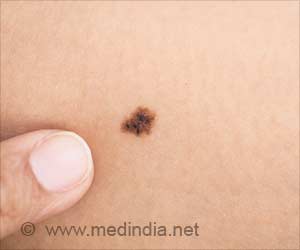Physical activity during adolescence may help guard against a deadly form of brain tumor in adulthood, says a new study.
Although very less is known about the causes of glioma, researchers at the National Cancer Institute have found that this rare but often deadly form of brain cancer may be linked to early life physical activity and height."Our findings suggest that biological factors related to energy expenditure and growth during childhood may play a role in glioma etiology. This clue could help researchers better understand important features of glioma biology and the potentially modifiable lifestyle factors that could be important in preventing this disease," said Steven C. Moore, Ph.D., research fellow in the Nutritional Epidemiology Branch, NCI. Moore also added that "engaging in regular physical activity throughout the lifespan conveys many benefits."
Results of this prospective study are published online first in Cancer Research, a journal of the American Association for Cancer Research.
Gliomas are the most common type of brain cancer, accounting for nearly 80 percent of brain and central nervous system cancers. Though little is known about the causes of glioma, some evidence suggests that early life exposures may play a role in disease etiology. Because the brain develops rapidly during childhood and adolescence, it may be more susceptible to environmental influences during this time.
Moore and colleagues examined whether markers of early life energy expenditure and intake (physical activity, body mass index and height) are related to glioma risk.
etween 1995 and 1996, researchers distributed a baseline questionnaire about dietary intake and other lifestyle exposures to participants in the National Institutes of Health-AARP Diet and Health Study.
Advertisement
Participants who were physically active during adolescence had a decreased risk of glioma; their risk was about 36 percent lower than those who were inactive, according to the study.
Advertisement
However, Moore cautioned that "we did not have many people in the study who were obese during adolescence."
Source-ANI
LIN















